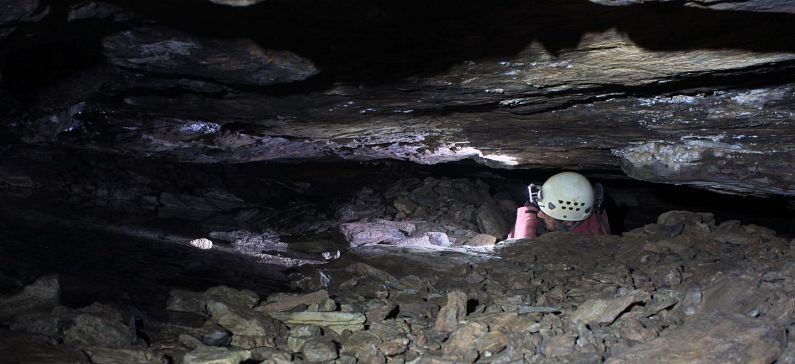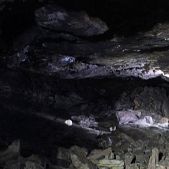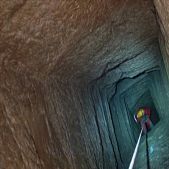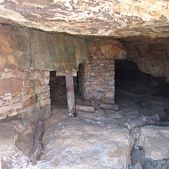
Forbes about the Greek silver mine at Thorikos
Archaeologists in Greece have found a silver mine that may rewrite mining history during the Aegean times. It sounds like a plot line for a new Indiana Jones film, but it’s real, according to Forbes‘ article.
The team of mining archaeologists was supervised by Prof. Dr Denis Morin of the University of Lorraine, connected with the UMR CNRS 5608 (UMR National Center for Scientific Research 5608) of Toulouse. The scientists employed a drone to locate above-ground installations connected to the mining. It is the first time that such complex mining infrastructure is studied.
These subterranean investigations are part of a larger archaeological research program on the site of Thorikos directed by Prof. Roald Docter of Ghent University under the auspices of the Belgian School at Athens, the University of Utrecht and the Ephorate of Eastern Attica.
“Mining archaeologists who were conducting a subterranean investigation of a silver mine discovered in Thorikos, Greece, have found a mining complex with infrastructure unlike any seen from this time period (around 3200 BCE),” said New Historian post Sunday.
The discovered mine is said to have open spaces that have been untouched for over 5,000 years. According to the post, other items discovered by the archeologists also prove that the mine was operational as far back as 3200 BCE. What is really boggling the scientists’ minds is how ancient miners were able to extract the metals and minerals from the mines without today’s technology.
Denis Morin on this discovery: “today, it is difficult to imagine the extreme conditions in which the miners had to work in this maze of galleries. A smothering heat reigns in this mineral environment. The progress of the underground survey requires a constant vigilance in this stuffy space where the rate of oxygen must be permanently watched. Tool marks on the walls, graffiti, oil lamps, and crushing areas give evidence of the omnipresent activity of these underground workers. The hardness of the bedrock and the mineralizations show the extreme working conditions of these workers, for the greater part slaves, sentenced to the darkness and the extraction of the lead-silver ore … Mapping these cramped, complex and braided underground networks, the ramifications of which are sometimes located at several levels, represent a real challenge in scientific terms”. Underground, the morphology and the organization of the mining infrastructure allow to distinguish several phases of activity.
The post said that it is believed the mines were likely worked by slaves under poor working conditions. Historians estimate that during the fifth and fourth centuries BCE, “the silver mines, triumphs of human ingenuity, would have been the most significant mining district in Greece, and likely the basis of Athens’ domination over the Aegean world.”
The scientists hope to unearth more of the subterranean mine in order to learn more about these early period mining technologies, as well as how minerals were extracted and eventually circulated.










